Growth Hacking: Take Your Startup From 0 to 1
“Marketing is a contest for people’s attention”
Seth Godin is completely right about the above. Not long ago, growth hacking has fascinated entrepreneurs as a means to get people’s attention
Entrepreneurs, startup enthusiasts and online marketers use the term growth hacking frequently these days. Startup companies have started moving from the concept of a digital marketing approach to that of growth hacking. However, the concept still remains vague to most people as they struggle to find the perfect “growth hack” that will take their startup from the ground to a significant traction level.
In this post, I decided to dissect growth hacking and show you what exactly it means, how it needs to be used and more importantly how NOT to use it.
Image source: Forbes.com
I just launched my startup! Let’s hack its growth
Sadly, most companies and marketers will start putting together search engine marketing plans, social media strategy, email marketing strategy …list goes on…as soon as a startup goes live.
You are doing it wrong! You don’t need to do all sorts of marketing to become a success. And for those of you bootstrapping your startup baby, you just can’t afford.
So what is Growth Hacking?
Growth hacking is nothing but using a set of marketing channels (or hacks you might say) that will take your startup from level zero to a significant traction.
The secret of a growth hacking strategy lies in the fact of discovering that exclusive marketing hack by brainstorming and experimentation, investing your efforts in that marketing channel and improving the results by constant analytics and optimization.
P.S The term growth hacking was coined by Sean Ellis and you should definitely check out his blog on startup marketing
Breaking down the growth hacking funnel
Image source: NeilPatel.com
The growth hacking funnel is described simply by a series of steps which are as follows:
- Awareness/Acquisition: This stage is all about getting your product or service in front of the targeted eyeballs. The trick here is to find the most cost-effective solution which will scale up your business in the least time possible
- Activation: Once users have seen your product, what drives them to signup/buy it? Activation is all about getting people (who are aware of your product) to try out your product. Conversion rate optimization is one of the most important things.
- Retention: Once you have some users onboard, you need to understand that staying in touch with them and forming a lasting relationship is of paramount importance.
- Referral: Using existing customers as a marketing channel is a smart way that successful companies use. Referral programs that involve existing customers invite their peers to try out your products is a smart way to grow your product base.
- Revenue: And finally, building a constant revenue stream to make the business sustain (and thrive) is the final and most important step.
Some awesome companies who did some awesome growth hacking
Before I give you some examples, you need to understand that growth hacking can be applied to any stage of a startup.
You can be an early stage startup or someone with its first 10k users looking to expand further. You can use different levels of the growth hacking funnel to accelerate your startup’s performance.
The following examples how different companies used growth hacking at different levels:
– AirBnB: This company helps you find accommodations for bed and breakfast. They were an early stage startup who required the targeted awareness about their product. So they used a 3rd party platform- Craigslist (allows you to buy and sell anything, find jobs, accommodations etc) and posted their listings there.
They used the existing traffic of Craigslist and got people to visit their site who finally turned to customers.
What can we learn?
Using an existing platform which can get you targeted users can help you save the trouble, time and money that will be spent for organic acquisition.
Image Source: AndrewChen.co
– Dropbox : After successfully acquiring users, dropbox launched a referral program where existing users could get free storage by inviting their friends to use dropbox.
What can we learn from this?
Giving incentives to users for inviting their friends is a smart marketing method on terms of referral marketing.
Image Source: Shopify.com
Growth hacking tools
The tools of growth hacking are no different than the regular ones you use for online marketing. Here are some of the major ones
- Search engine optimization
- Search engine marketing
- Content marketing (social media marketing, blogs etc)
- Email marketing
- Offline marketing and word of mouth
- Private advertising
To know 10 of the best growth hacking tools, download our E-book for free!
So how do I hack the growth of my startup?
“People are in such a hurry to launch their product or business that they seldom look at marketing from a bird’s eye view and they don’t create a systematic plan”~ Dave Ramsey
Till now, you must have understood that growth hacking can be applied in an organized form rather than going haywire and doing all sorts of marketing for your newly launched startup.
Next, I will talk about how do you hack the growth of your business step by step
Ready? Let’s go!
Step 1 : Understand precisely who is your target audience and where do they hang out?
Most companies fail to understand their target audience. The worst case is when people think of everyone as their audience. If you have that mindset, it needs to go away right now. Even Facebook is not for everyone.
How to find your target audience:
– Conduct online surveys using SurveyMonkey.com and record responses of people from different demographics
-Get out of the building : Go start talking to people on the road, students in the university and wherever you think your audience might be. Ask them questions about your product(or idea) and validate your audience. Treat them with a chocolate in lieu of talking to you and they will be happy
Once you have understood the audience, try to understand where do they hang out
– Are they active on Facebook or are they teenagers and more active on Instagram and Snapchat?
– Do they respond to ads which come as flyers or ads on Google search?
– What is their daily routine of going about things?
Image source: Hbr.org
How a popular Indian startup named bewakoof.com understood their target audience?
About the company: Bewakoof.com prints cool t-shirts with jokes, slangs and messages on them. These are mostly relatable to youth.
Their audience: While starting up , they realized that their early adopters will be college students who like to wear funky T shirts
They understood that people would be most active on Facebook.
How did they create awareness: Instead of publishing self promotional content, they started publishing jokes, memes, sarcastic posts etc which a 30 year old might find useless but were loved by a college student.
Once college students hooked on to that page, they discovered after a while that Bewakoof is a brand that prints such cool stuff on T shirts and the rest is history.
Bewakoof is one of the most popular and successful online shopping sites among the college youth.
Step 2 : Define a process for all marketing channels and constantly optimize it
Once you have figured out where your audience hangs out, you have to select the most relevant marketing channels.
For example, one of our clients was building an application specifically targeting teenagers
For this purpose, we understood that Snapchat and Instagram are going to be the main drivers of success.
After you have figured out the marketing channels, list out all the daily/weekly tasks that need to be completed for the marketing channel.
You can read up on the internet to find out in-depth ways of exploiting that marketing channel.
For example, for understanding Snapchat marketing, this post really helped me
Here are some marketing tasks that I have decided for one of my clients who is an e-commerce client
Step 3 : Startups evolve everyday. And so does your marketing
” Don’t worry about failure. You only have to be right once”-Drew Houston, Founder Dropbox
Startup teams learn something new almost every day. While doing marketing for your startup, you will learn a bunch of things like:
– Social media network A is performing better for you than network B
– Ads on the search engine network aren’t any good to you
– People started disliking you since you pulled off that marketing stunt
And thus, your process chart for marketing and business strategy is going to change all the time.
You are never going to get it right the first time.
And only by evolving and iterating your marketing multiple times, will you know what works for sure and what “looks like it will work” but doesn’t get the desired ROI.
The best way to measure progress is by keeping a simple tracker (on Excel) of the most important marketing metrics and track progress by matching them to the marketing channels deployed.
Here is a very simple tracker of my social media efforts
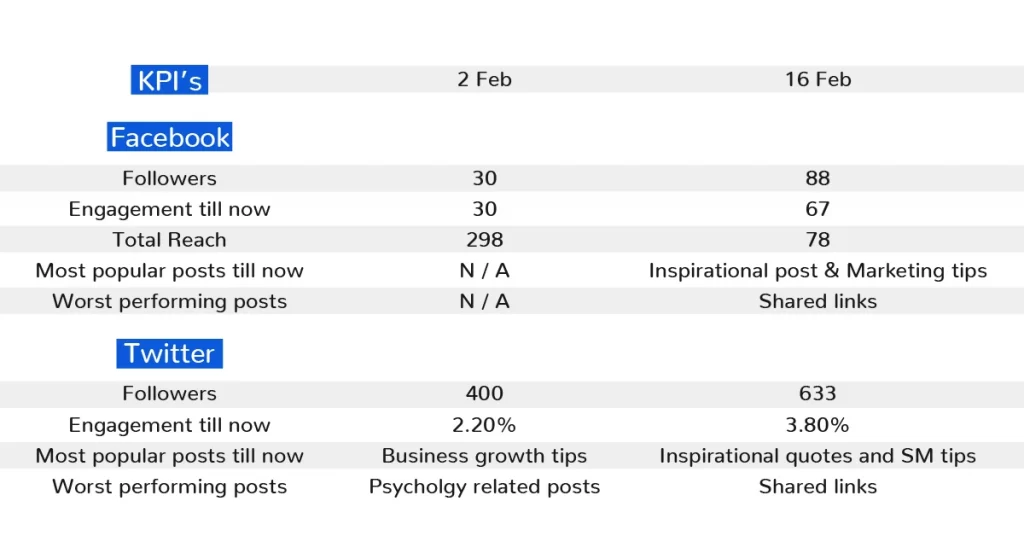
How to perform some kickass analytics?
Here are some of the tools you can’t ignore for analyzing your digital marketing efforts.
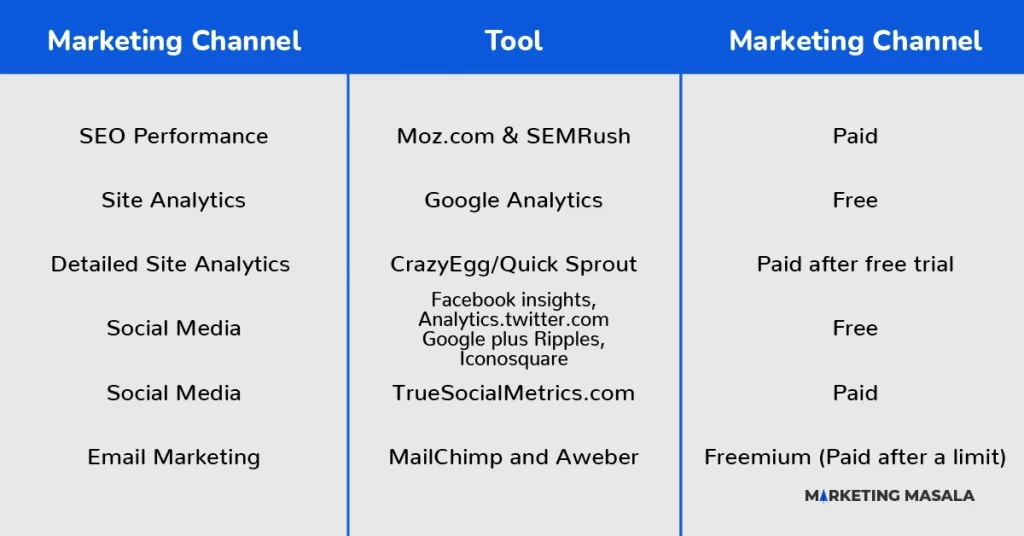
Summing up the growth hacking lessons
- Growth Hacking can be seen as a marketing funnel represented by Acquisition-Activation-Retention-Referral-Revenue
- The first step to growth marketing is to identify who the target audience(stay laser focused) and where do they hang out
- The next step is to identify the most relevant marketing channels based on the above analysis and divide your marketing efforts into tasks that can be done repeatedly
- Last and most important step is to always keep learning, optimizing your strategy and getting better at it.
List of resources for growth hackers and startup founders
Books
- Lean Startup- Bible for startup owners
- Zero to One by Peter Theil
Blogs and sites (More important than books. Keeps you updated all the time)
- GrowthHackers.com
- Inbound.org
- Startup-marketing.com
- QuickSprout.com
- Blog.KissMetrics.com
- SocialMediaExaminer.com
How are you hacking growth for your startup? I would love to know!


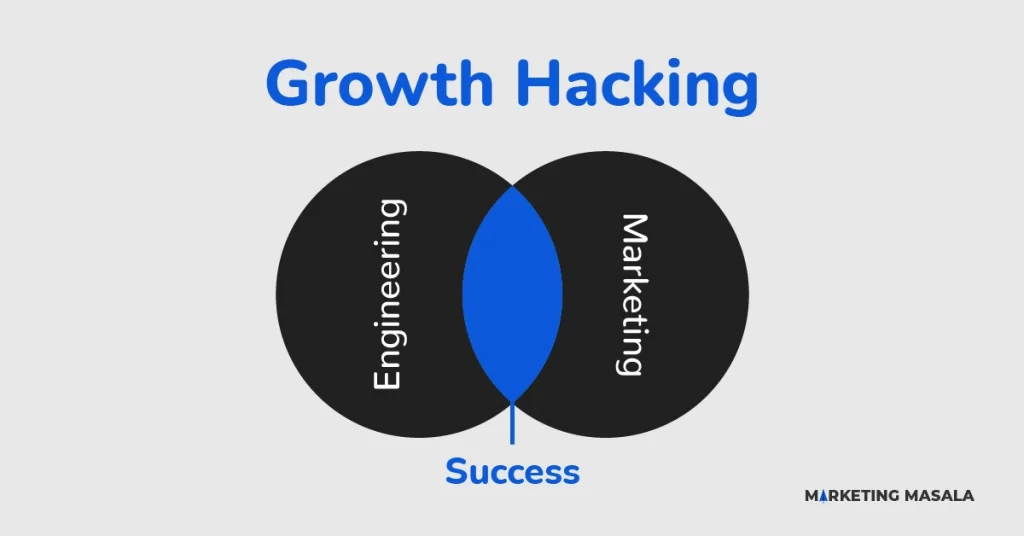
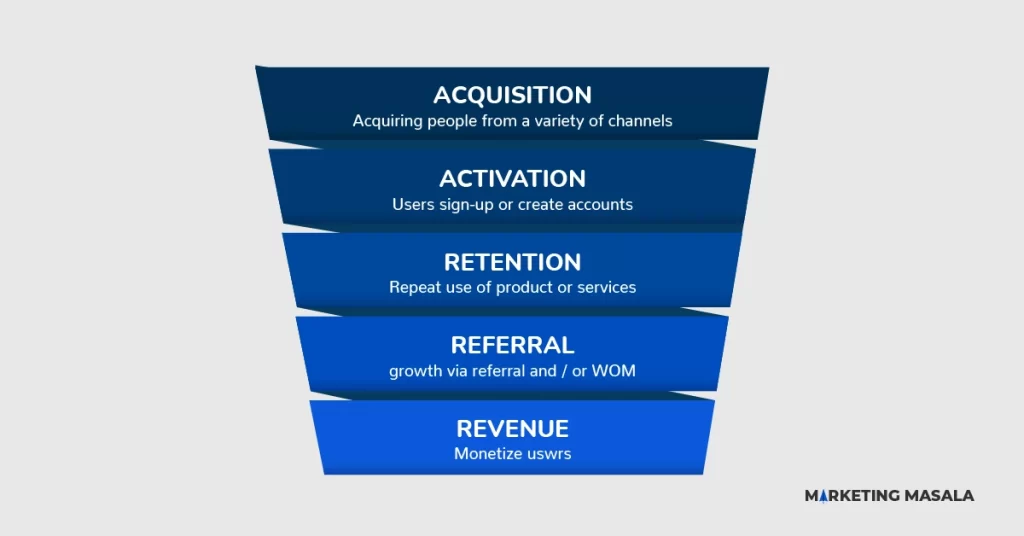
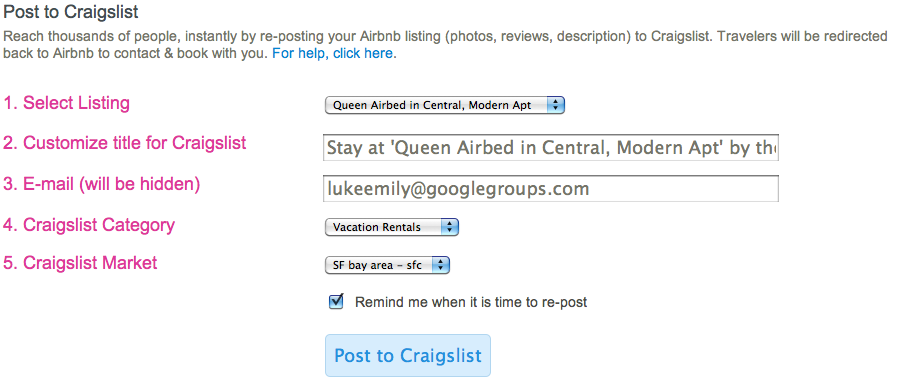
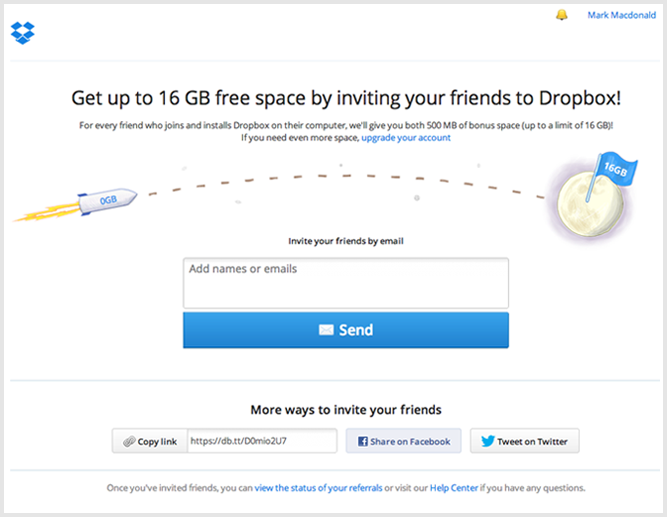

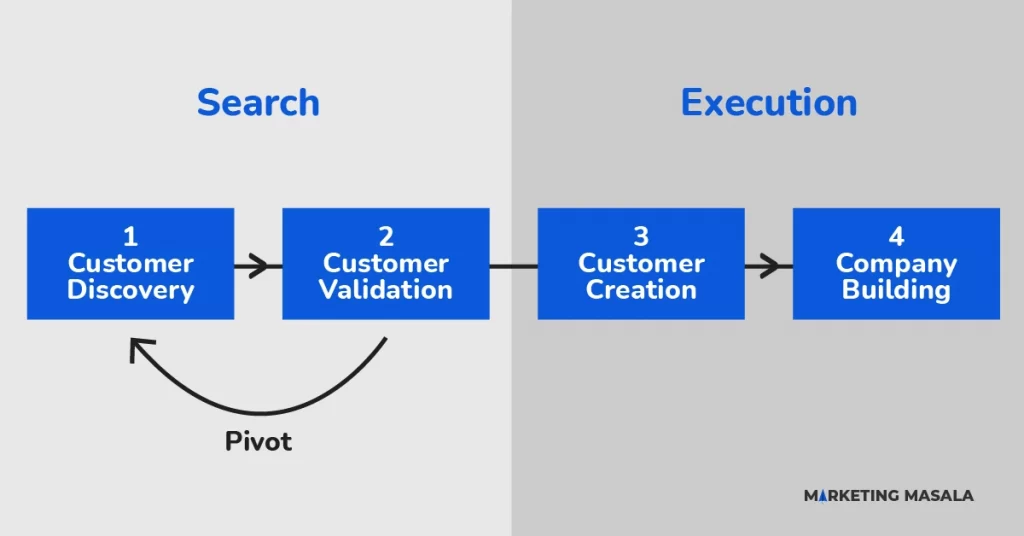
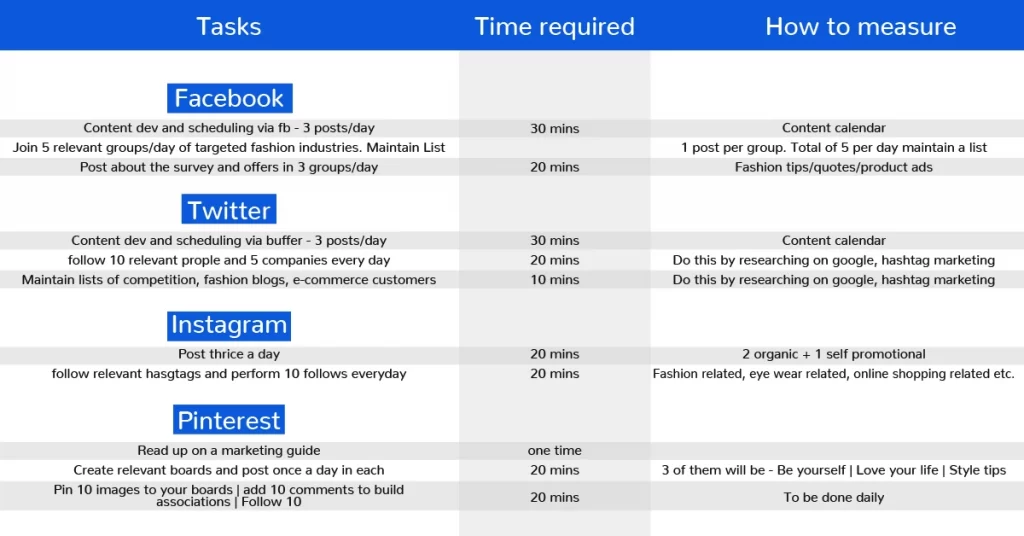

Write a Comment